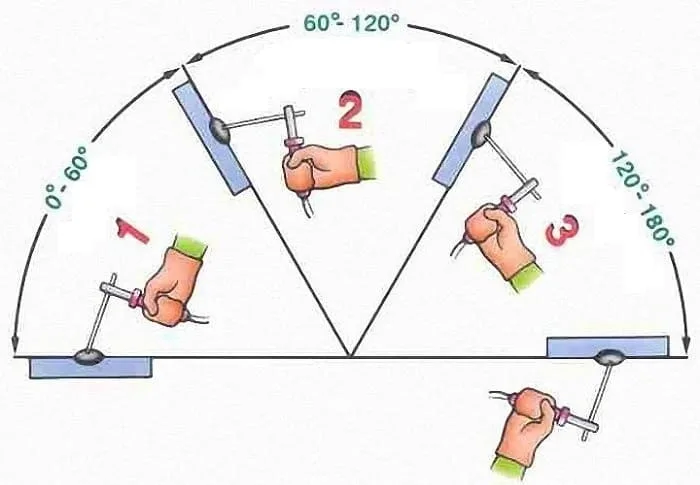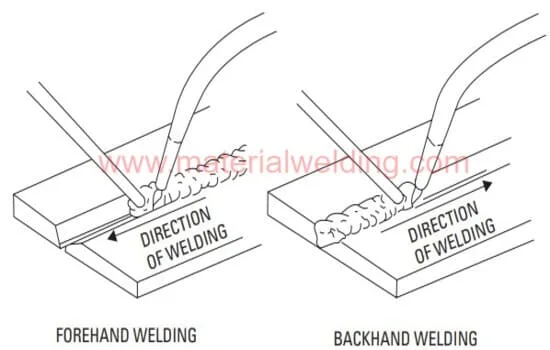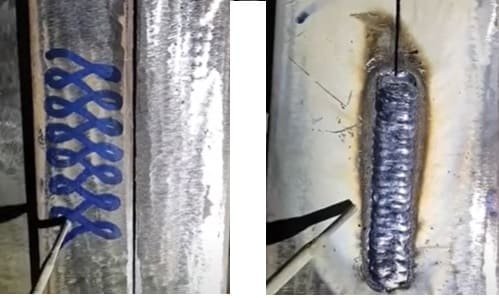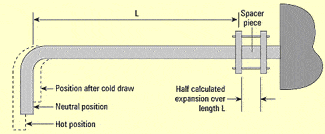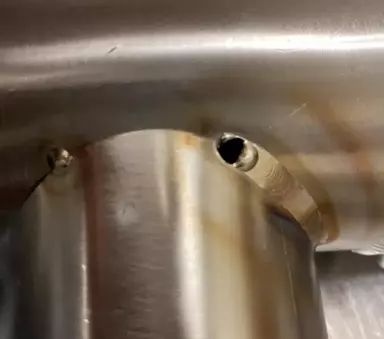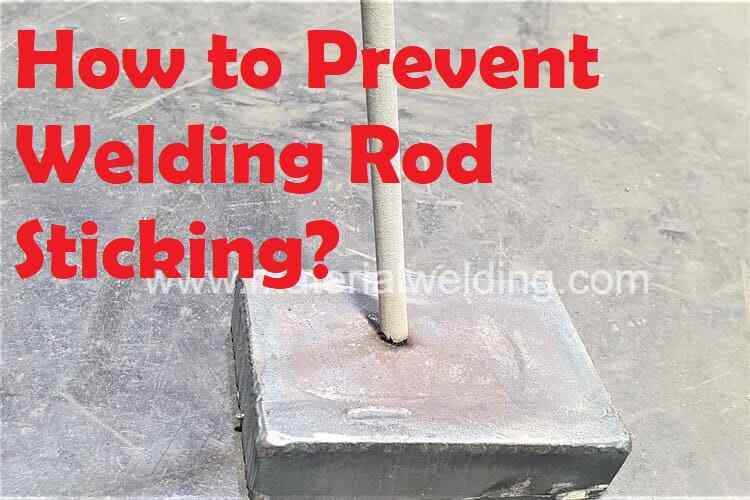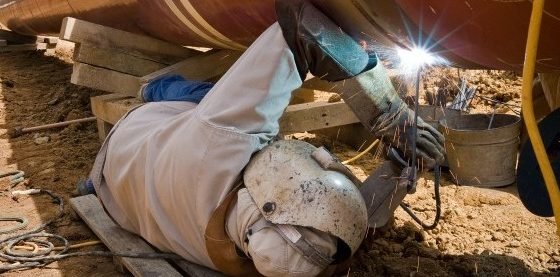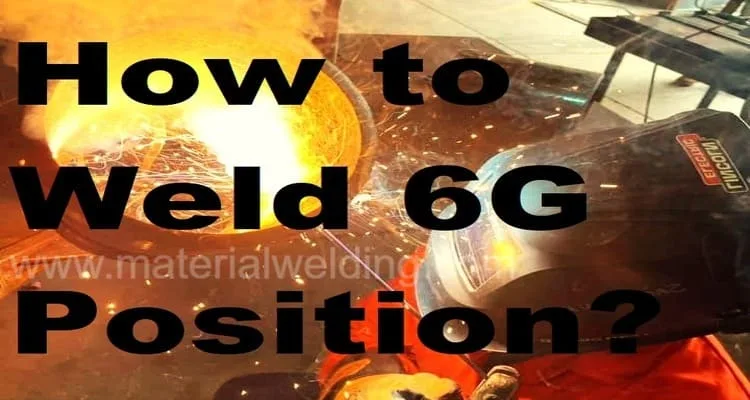Do You Pull or Push with a Stick Welder?
The stick welding process, also called shielded metal arc welding or SMAW, is one of the most common welding techniques. Arc welding with consumable electrodes delivers a strong and durable weld, however, stick welders differ on which technique is better – pushing or pulling the electrode.
Factors affecting Push & Pull Techniques with a Stick Welder
The truth is, both push and pull techniques can work well for stick welding. But certain factors influence which one you should use:
- Electrode polarity – Some electrodes are meant for pushing and some for pulling. Check the electrode packaging for recommendations and stick to that procedure.
- Weld position – Some weld positions favor push or pull techniques. For vertical up welds, pulling is usually easier. For overhead welds, pushing often provides better control.
- Electrode size – Thicker electrodes that produce a lot of heat tend to favor pushing. For thin electrodes under 1/8 inch, either technique is viable.
- Arc length – In general, a longer arc length favors pulling and a shorter arc favor pushing. For precise welds, push technique with a short arc is recommended.
- Dexterity – Depending on your flexibility and limb length, one technique may feel more comfortable and give you more control. Practice with both to decide.
Keys for a Successful Weld
Once you determine the best technique for your setup, here are the key factors for a successful weld:
- Maintain a steady travel speed throughout the weld. Too fast or slow will affect penetration and bead shape.
- Hold the electrode at a consistent angle. Change the angle only to correct the weld’s contour as needed.
- Use the minimum arc length needed. A longer arc reduces heat and penetration.
- Apply the right amount of rod stick-out. Too much will reduce heat, while too little makes arc striking difficult.
With enough practice of either push or pull techniques, you’ll develop the necessary coordination, timing and “welders eyes” to achieve quality stick welds. So choose whichever feels most comfortable and natural to you, then focus your training and practice on the fundamentals to improve your skills. Good luck!
Choosing the Right Electrode
The electrode you choose for stick welding plays an important role in your technique – push or pull. Different electrodes work best with either technique:
- Cellulosic electrodes recommend pulling. They are lighter weight so pushing can cause them to drag and deform the electrode.
- Low hydrogen electrodes work best when pushing. Their heavier coating and composition favor push technique for more heat and penetration.
Mastering Stick Out Length
Mastering the right electrode stick out – the length extended beyond the electrode holder – is crucial for quality welds.
Too Much Stick Out
- Causes an unstable arc
- Reduces heat and penetration
Too Little Stick Out
- Difficult to strike an arc
- Electrode can become stuck in the weld pool
The Ideal Stick Out Length Varies based on:
- Electrode diameter – 1 to 2 times the electrode diameter is a good range.
- Electrode type
- Weld position
Developing Good “Welder’s Eyes”
Precision and control come from developing good “welder’s eyes” – the ability to visually assess and adjust your technique in real time:
- Watch the arc – Look for a stable, focused arc that fully melts the electrode.
- Check the weld pool – The pool should be full and not too convex or concave.
- Inspect the bead as you go – Check for even ripples, full toe penetration and proper width.
- Adjust your technique – Change travel speed, angle or arc length to correct any issues you see.
With enough practice and feedback from observing your welds, your eyes will learn to make the minor adjustments needed for quality results.
